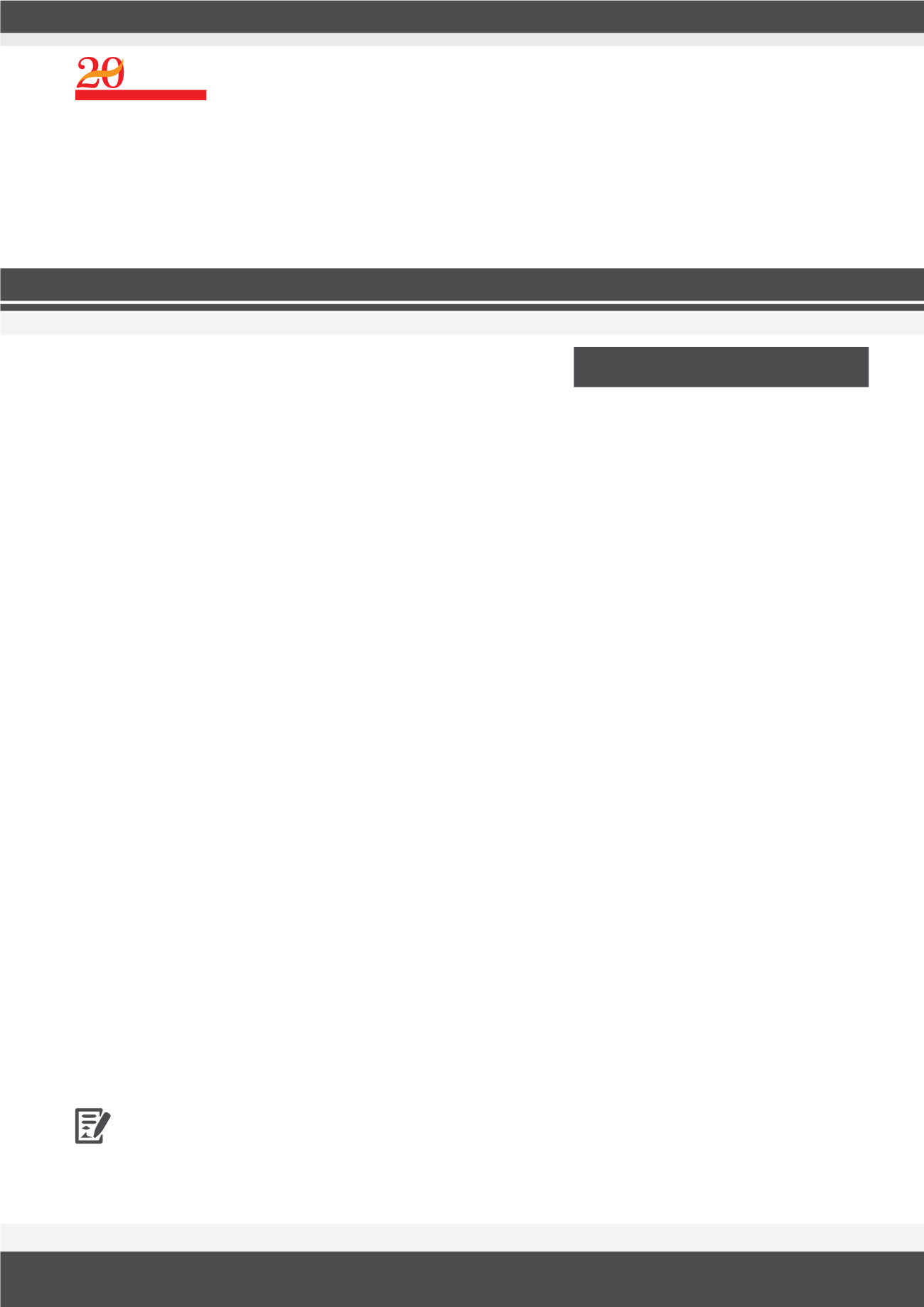

Page 28
Note:
N o v e m b e r 0 5 - 0 6 , 2 0 1 8 | P h i l a d e l p h i a , U S A
3
rd
INTERNATIONAL OBESITY SUMMIT AND EXPO
&
&
DIABETES, NUTRITION, METABOLISM & MEDICARE
2
nd
International Conference on
Joint Event on
OF EXCELLENCE
IN INTERNATIONAL
MEETINGS
alliedacademies.comYEARS
LASER, OPTICS AND PHOTONICS
World Conference on
Obesity Summit 2018 & Diabetes Conference 2018 & Laser Photonics Conference 2018
Biomedical Research
|
ISSN: 0976-1683
|
Volume 29
James L DeBoy, Biomed Res 2018, Volume 29 | DOI: 10.4066/biomedicalresearch-C7-019
ENTRENCHED OBESITY DETERRENTS
DEMAND RADICAL MEASURES
James L DeBoy
Lincoln University of Pennsylvania, USA
D
espite multiple, well-intentioned individual-based strategies to reverse
America’s obesity epidemic for the past 30 years, obesity rates continue
to climb: almost 40 percent of adults were obese in 2016 with another 27
percent classified as pre-diabetic (CDC, 2018). Missing from this battle of
the bulge is a population-based approach that would model the one deployed
during the anti-smoking campaign of the 1980s and beyond. Societal/legisla-
tive actions, while perceived by many as draconian and “un-American”, must
be implemented if we are ruly serious about addressing this national health
crisis. A 15 powerpoint slide presentation will identify obesity prevention de-
terrents, limitations of individual-based approaches, the nutritional shift in to-
day’s food supply, and suggested societal, legislative interventions as well as
the rationale that accompanies them.
James L DeBoy earned a PhD in human development
(with minor concentrations in special education and his-
tory of education) at the University of Delaware. He was
appointed to the Lincoln University faculty in 1975 and
achieved academic rank of professor in 2000. As chair of
the HPER department from 1989 to 2011, he has served
on virtually all major academic committees, assumed the
lead role in assessment of student learning outcomes for
20 years, served key roles in the university’s re-accredita-
tion process for three decades, and successfully taught
more than 10 different health-focused courses over a 35
year career in higher education.
luhper1111@aol.comBIOGRAPHY


















